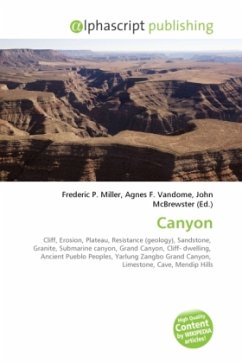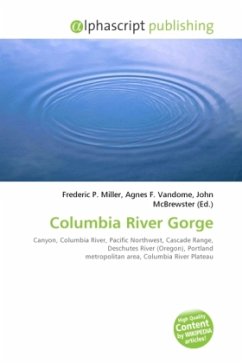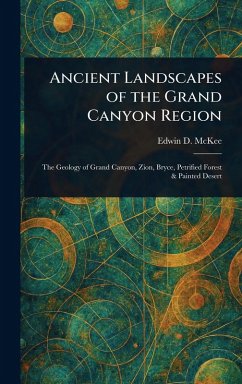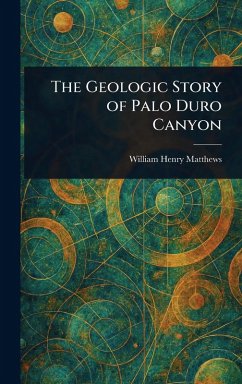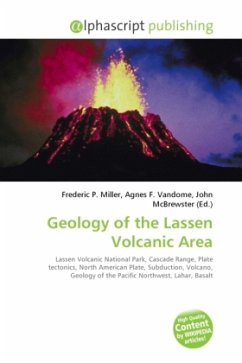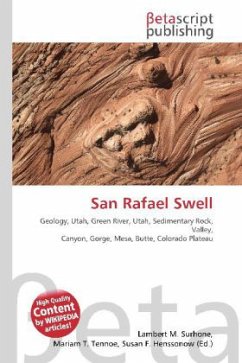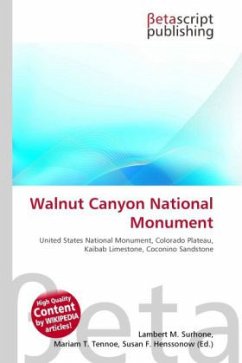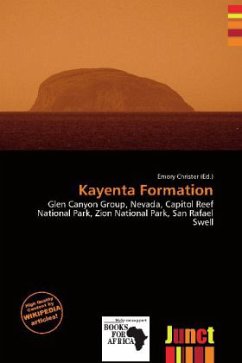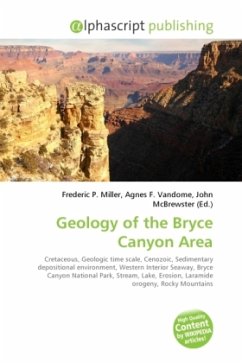
Geology of the Bryce Canyon Area
Versandkostenfrei!
Versandfertig in 6-10 Tagen
36,99 €
inkl. MwSt.

PAYBACK Punkte
18 °P sammeln!
The exposed geology of the Bryce Canyon area in Utah shows a record of deposition that covers the last part of the Cretaceous Period and the first half of the Cenozoic era in that part of North America. The ancient depositional environment of the region around what is now Bryce Canyon National Park varied from the warm shallow sea (called the Cretaceous Seaway) in which the Dakota Sandstone and the Tropic Shale were deposited to the cool streams and lakes that contributed sediment to the colorful Claron Formation that dominates the park's amphitheaters. Other formations were also formed but we...
The exposed geology of the Bryce Canyon area in Utah shows a record of deposition that covers the last part of the Cretaceous Period and the first half of the Cenozoic era in that part of North America. The ancient depositional environment of the region around what is now Bryce Canyon National Park varied from the warm shallow sea (called the Cretaceous Seaway) in which the Dakota Sandstone and the Tropic Shale were deposited to the cool streams and lakes that contributed sediment to the colorful Claron Formation that dominates the park's amphitheaters. Other formations were also formed but were mostly eroded following uplift from the Laramide orogeny which started around 70 million years ago (mya). This event created the Rocky Mountains far to the east and helped to close the sea that covered the area. A large part of western North America started to stretch itself into the nearby Basin and Range topography around 15 mya. While not part of this region, the greater Bryce area wasstretched into the High Plateaus by the same forces.



